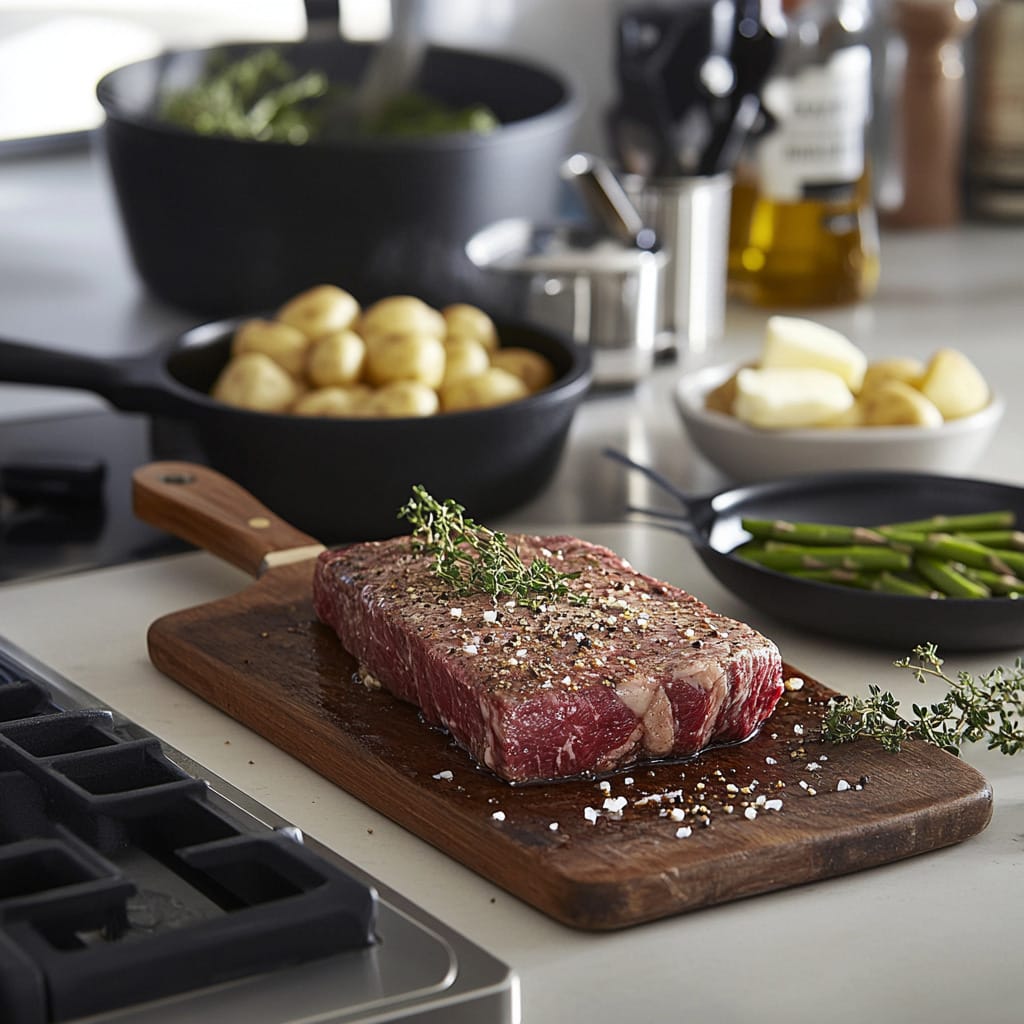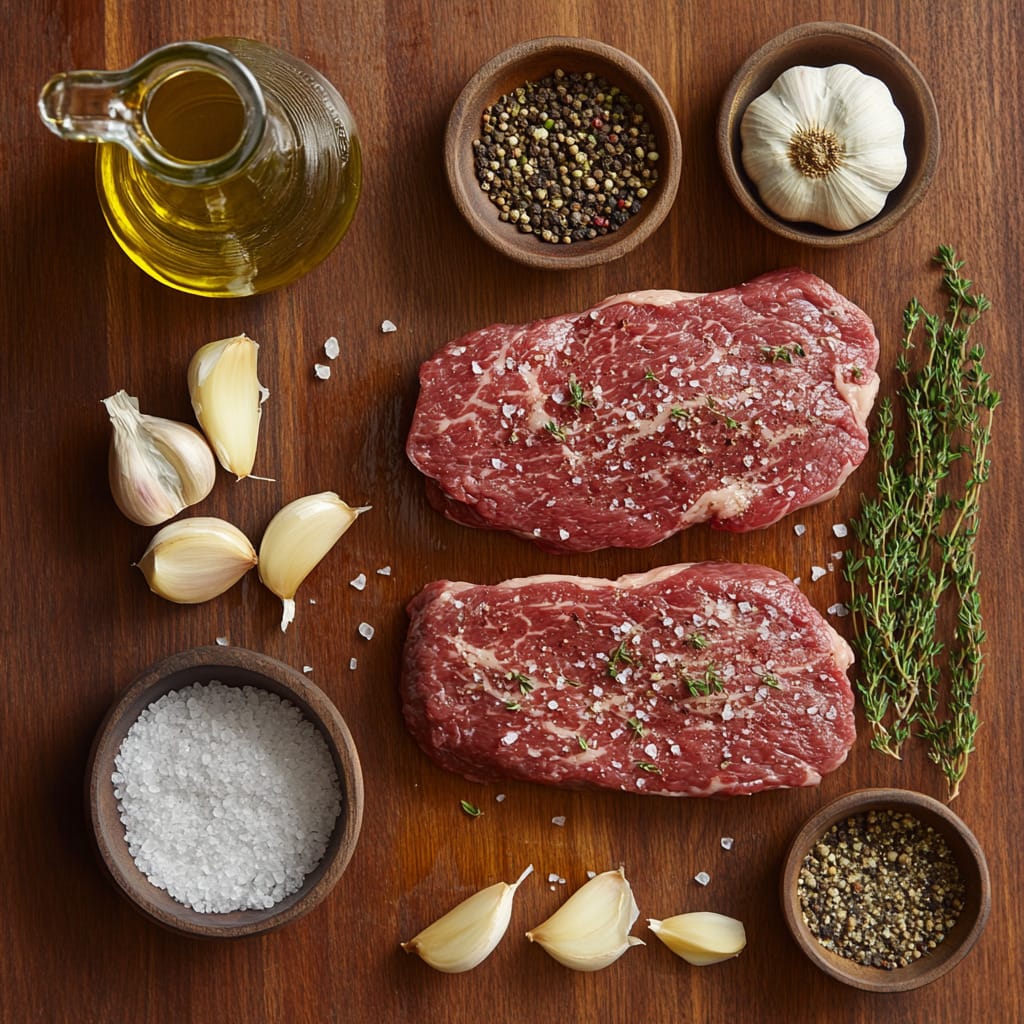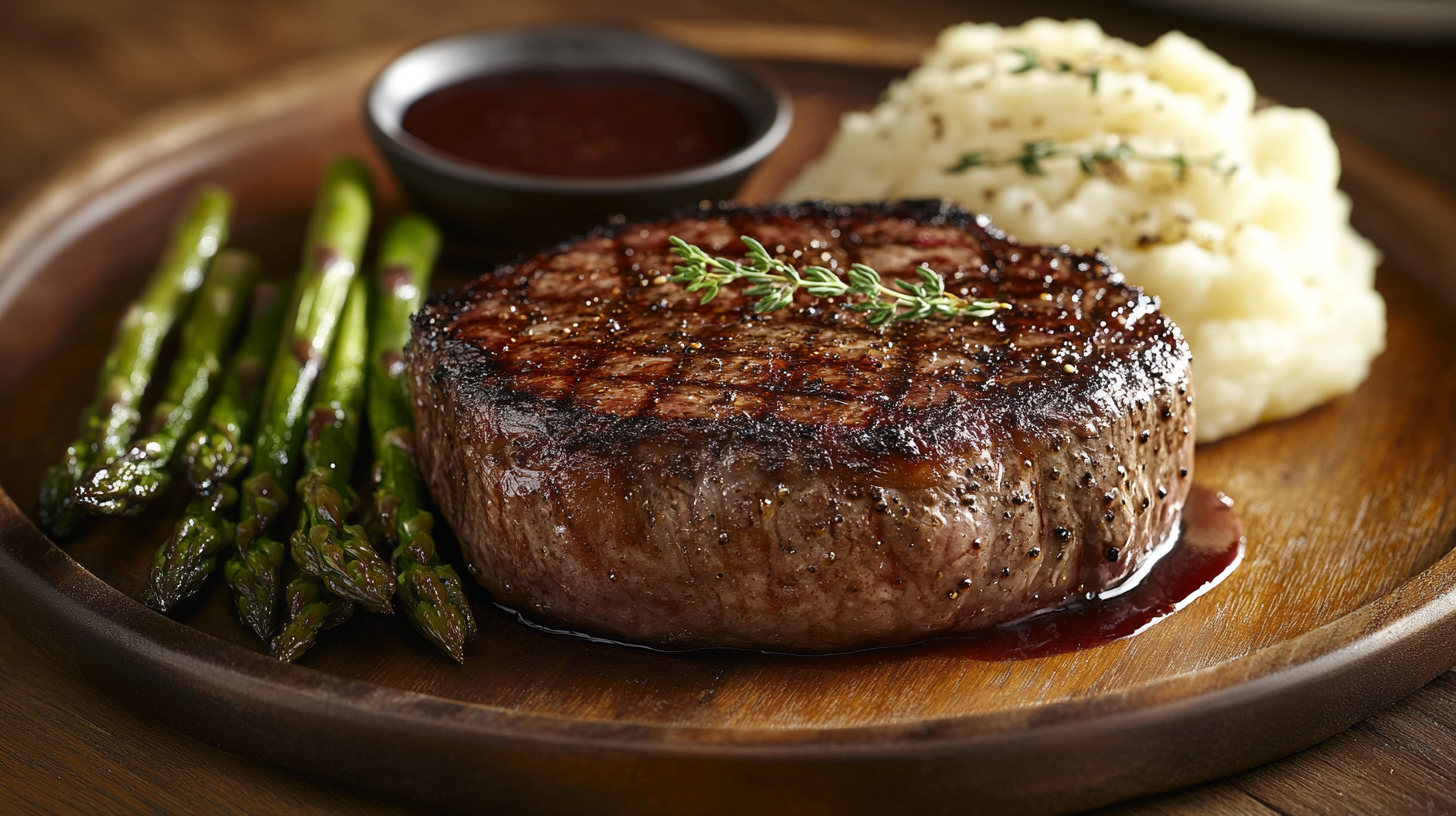When it comes to steak, few names evoke the same sense of culinary tradition and luxury as the Delmonico steak. Known for its tenderness, marbling, and rich flavor, this steak has earned a place in the hearts of steak lovers everywhere. Whether you’re planning to prepare this legendary cut at home or simply want to learn more about its history and cooking techniques, this guide will provide you with everything you need to know.
What is Delmonico Steak? Discover Its Legacy and Flavor
Delmonico steak isn’t just a dish—it’s a piece of culinary history. Originating in the 19th century at Delmonico’s restaurant in New York City, this cut became synonymous with fine dining. While there’s some debate about the exact cut that defines it, most agree it’s a high-quality, well-marbled piece of beef that delivers exceptional flavor.
The Origins of Delmonico Steak
- Historical Roots: Originated at Delmonico’s, one of America’s first fine-dining establishments.
- Cut Variability: Depending on the chef or region, it can refer to ribeye, strip steak, or even other tender cuts.
- Key Characteristics: Generously portioned, tender, and richly marbled.
What Makes It Special?
- Flavor: The marbling ensures a juicy, flavorful bite every time.
- Versatility: Perfect for grilling, broiling, or pan-searing.
- Tradition: A steak with a legacy tied to one of America’s most storied restaurants.
Choosing the Right Cut for a Perfect Delmonico Steak
The first step to crafting a memorable Delmonico steak is selecting the right cut. While the term doesn’t refer to a single cut, certain characteristics make a steak suitable for the name.

How to Choose the Perfect Cut
- Look for Marbling: The streaks of fat throughout the meat ensure a flavorful and juicy experience.
- Check the Thickness: A Delmonico steak should be at least 1 inch thick.
- Ask Your Butcher: For tailored advice, consult a local expert.
- Consider the Label: Opt for USDA Prime or Choice to guarantee quality.
Popular Cuts for Delmonico Steak
- Ribeye: Known for its rich flavor and marbling.
- New York Strip: Leaner but still tender and flavorful.
- Top Sirloin: A more affordable option that still offers great taste.
Preparing Your Delmonico Steak for Ultimate Flavor
Before you start cooking, proper preparation is essential. The steps you take before the steak hits the pan or grill can make all the difference.
Bring It to Room Temperature
- Allow the steak to sit out for about 30 minutes before cooking. This ensures even cooking throughout.
Seasoning Tips
- Keep it simple with kosher salt and freshly cracked black pepper. These enhance the natural flavor without overpowering it.
- Optional additions: garlic powder, smoked paprika, or fresh herbs.
Coating with Oil
- Lightly coat the steak with olive oil. This helps create a crispy crust during cooking.
Cooking Techniques for Delmonico Steak Perfection
The beauty of this steak lies in its versatility. Here are three popular methods to cook it to perfection:
Grilling
- Preheat Your Grill: Heat it to high to achieve a good sear.
- Sear Both Sides: Cook each side for 2-3 minutes over direct heat.
- Finish on Indirect Heat: Move the steak to a cooler part of the grill and cook to your desired doneness.
Pan-Seared
- Heat a cast-iron skillet until it’s smoking hot.
- Add a touch of oil and sear the steak for 2-3 minutes on each side.
- Lower the heat and add butter, garlic, and herbs for basting.
Broiling
- Set your oven’s broiler to high.
- Place the steak 4-6 inches from the heat source.
- Cook for 4-5 minutes per side, adjusting based on thickness.
Reverse Searing
For an elevated approach, try reverse searing:
- Preheat your oven to 275°F.
- Season the steak and place it on a wire rack over a baking sheet.
- Cook in the oven until the internal temperature is 10-15°F below your desired doneness.
- Finish with a quick sear in a hot skillet to develop a crust.
Doneness Guide
| Doneness | Internal Temperature | Description |
|---|---|---|
| Rare | 120-125°F | Cool red center |
| Medium Rare | 130-135°F | Warm red center |
| Medium | 140-145°F | Warm pink center |
| Medium Well | 150-155°F | Slightly pink center |
| Well Done | 160°F+ | Fully cooked, no pink |
Pairing Your Delmonico Steak with Sides and Drinks
A great steak deserves equally impressive accompaniments. Here are some classic and creative side dishes to consider:
Classic Pairings
- Mashed Potatoes: Creamy and buttery, they complement the rich steak.
- Roasted Vegetables: Carrots, asparagus, or Brussels sprouts add color and texture.
- Creamed Spinach: A decadent side that’s perfect for steak night.
Creative Options
- Truffle Mac and Cheese: Add a touch of luxury to your meal.
- Grilled Corn Salad: Light and refreshing, it balances the steak’s richness.
- Sweet Potato Fries: A sweet and savory alternative to traditional fries.
Sauces for Enhancement
- Garlic Herb Butter: Enhances the steak’s flavor with creamy richness.
- Peppercorn Sauce: Offers a bold and spicy contrast.
Beverage Pairings
- Cocktails: A Manhattan or Old Fashioned complements the steak’s richness.
Recipe: Classic Delmonico Steak with Simple Ingredients
Ingredients Table
| Ingredient | Quantity | Notes |
| Steak | 2 (12 oz) | Room temperature |
| Olive Oil | 2 tbsp | For searing |
| Butter | 2 tbsp | For basting |
| Garlic Cloves | 2 | Crushed |
| Fresh Thyme | 2 sprigs | Optional |
| Salt and Pepper | To taste |

Instructions
- Preheat your skillet or grill to high heat.
- Season the steak generously with salt and pepper.
- Sear each side for 2-3 minutes to develop a crust.
- Lower the heat, add butter, garlic, and thyme, and baste the steak.
- Check doneness with a thermometer and let the steak rest for 5 minutes before serving.
Frequently Asked Questions (FAQ)
What cut is this steak?
It can refer to several cuts, including ribeye, strip steak, or sirloin, depending on the region or restaurant.
What is the best way to cook it?
The best methods include grilling, pan-searing, or broiling. Each creates a flavorful crust and juicy interior.
Should you marinate this steak?
While marinating isn’t necessary, you can use simple marinades to enhance flavor. However, the steak’s natural quality shines with minimal seasoning.
What makes it different from ribeye?
Although ribeye is often used as this steak, the term encompasses other cuts as well. The defining factor is the high quality and marbling.
Can you dry-age this cut at home?
Yes, but it requires specific conditions. Dry-aging enhances the flavor and tenderness, but proper storage and monitoring are crucial to avoid spoilage.
Conclusion: Elevate Your Steak Gam
This steak is more than just a meal—it’s a tradition steeped in history and flavor. By choosing the right cut, mastering essential cooking techniques, and pairing it with the perfect sides, you can create a dining experience that rivals the finest steakhouses.
Call-to-Action: Try this guide and share your own creations. Let’s celebrate the art of great steak together!

